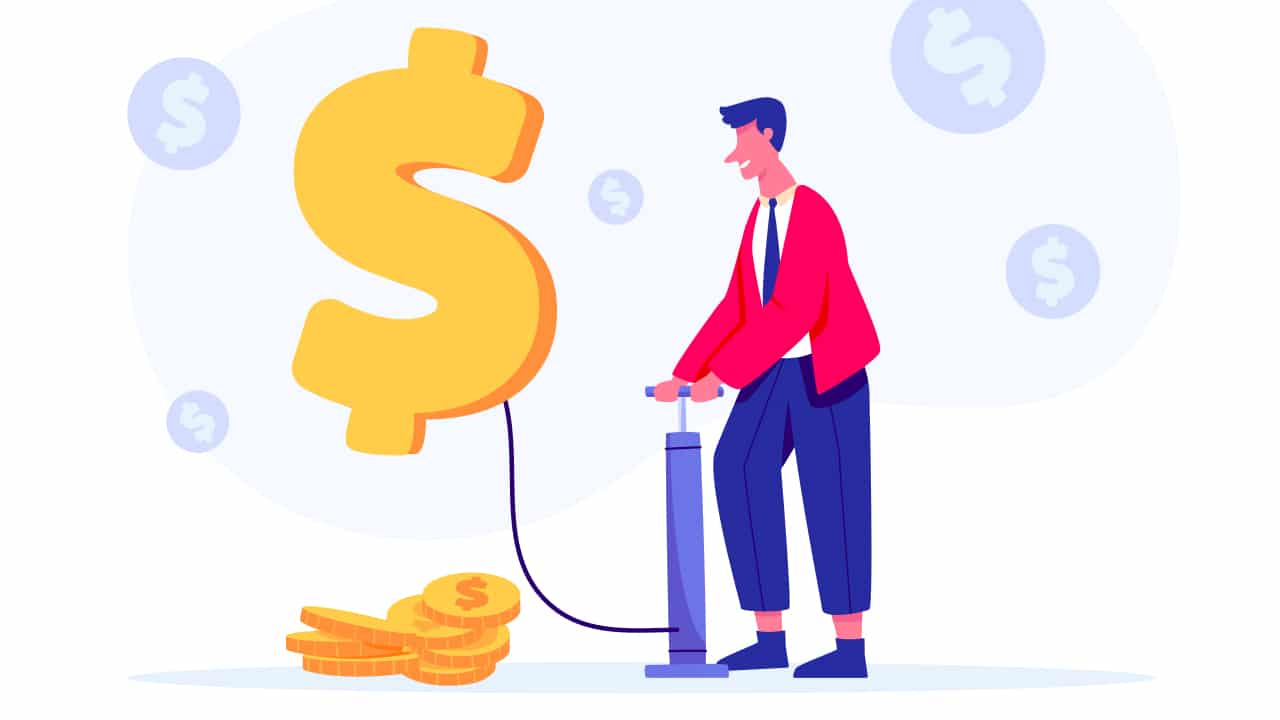
The central banks adopt the use of monetary policy while executing significant money market dynamics. The money market is an important part of the financial system where short-term borrowing and lending of money occur. Let's investigate the influence of monetary policy on the money market. Central banks' manipulation of interest rates is one of their main methods for implementing monetary policy.
Central banks can directly affect borrowing costs and the general accessibility of credit in the money market by changing the benchmark interest rate. A central bank may reduce interest rates to boost economic activity. Due to the lower cost of borrowing for both individuals and corporations, this measure stimulates borrowing. As a result, there is more demand for money on the money market, which raises trade volumes and liquidity.
On the other hand, a central bank may raise interest rates to control inflation or slow a hot economy. Since borrowing costs rise with higher interest rates, it becomes less appealing for market players to look for short-term loans in the money market. As a result, there is a decline in the demand for money, which causes the money market to contract.
There are many ways the central banks influence the money market, one of which is through open market activities and changes in interest rates. Central banks are responsible for adding or removing liquidity from the financial system by purchasing or selling government assets. A central bank increases the liquidity of the money market when it buys government assets. This action promotes financing and jumpstarts the economy.
In contrast, central banks suck liquidity from the money market when they sell government assets, lowering the amount of money available. This may tighten up the money market, making it harder for players to access short-term funding.

Does Monetary Policy Affect the Money Market?
Yes, it does. As much as the monetary policy can be strict on some sections of the economy, it can still be loose or accommodating to others. These effects are often visible when inflations are high and fast, closing up on the country's economy. So, in a desperate attempt to salvage the situation, the central bank will be compelled to step in with monetary policies that can quell the situation.
One such policy is the adjustment of the short-term interest rate, which, most of the time, requires raising it. And when it feels like the economy is slowing down, interest rates are lowered on short-term bases to stimulate economic growth and get it back on track.
And for the fact that the money market is directly connected to the economy, virtually every monetary policy directly or indirectly affects it. Since these policies affect every society's primary economic and social class, their impact is bound to extend to areas like real estate, currencies, Equities, commodities, bonds, and even cash, which also directly or indirectly affects the money market.
Conclusion
Interest rate changes and open market operations directly impact the money market. As a result of these actions, borrowing costs, liquidity levels, and market dynamics are impacted by the supply and demand for funds. As a result, maintaining a healthy and stable money market depends greatly on the effectiveness and appropriateness of monetary policy actions. The relationship between monetary policy and the money market highlights the crucial role that central banks play in overseeing and controlling the financial system to accomplish macroeconomic objectives.





